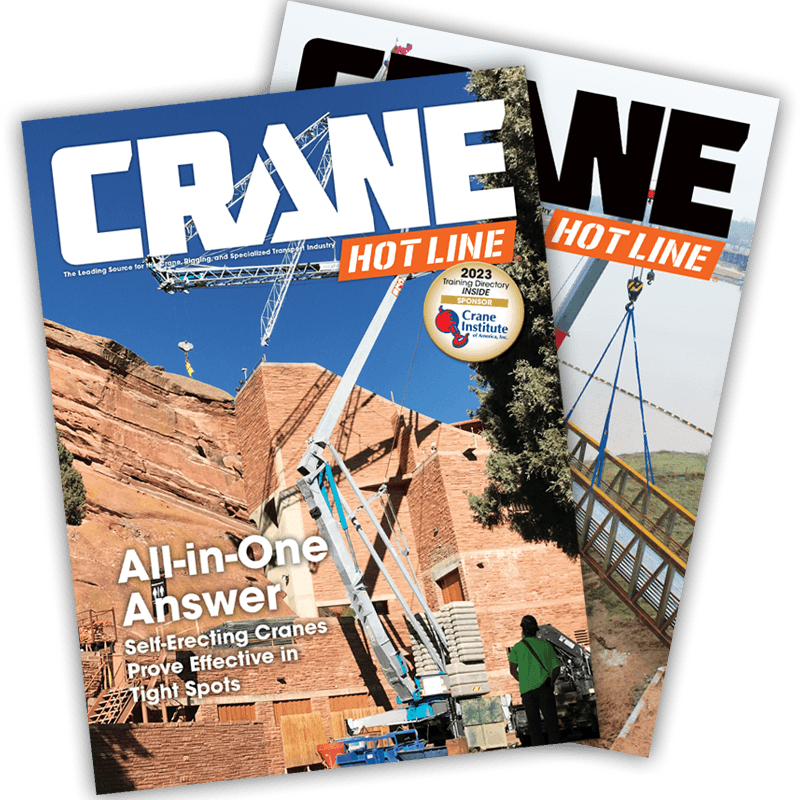PALFINGER’s Evolving Mechanics Trucks for Tough Field Demands
Brian Heffron of PALFINGER reflects on customer needs and mechanics trucks and service equipment designs in a changing field environment
Customers today, noted Brian Heffron, vice president of sales and service for service cranes and crane bodies at PALFINGER North America, are under growing pressure to deliver results quickly, safely and without failure. “They’re being asked to do more, often in remote or demanding environments because when equipment doesn’t perform, everything stops,” he said. “Our customers can’t afford downtime.”
Across different markets as well, economic volatility, raw material costs and policy shifts have created a moving target for both manufacturers and fleet managers, Heffron related. “Uncertainty is one of the biggest challenges our customers face,” he said. “All of these realities are changing the way fleets spec service trucks and look more closely at how that equipment is used.”
Heffron also emphasized the importance of lifecycle value. “Fleets are not just buying a service truck,” he added. “They’re investing in equipment that has to serve them for five, 10 or even 12 years or more. That’s why more buyers are thinking in terms of total cost of ownership, what it costs to run, maintain and support that equipment over time.”
Essential Input
For manufacturers of service trucks and equipment, Heffron pointed out that customer and dealer input are essential. “We work closely with them to understand their needs as they vary by region and application,” he said. “Their input shapes the direction of our product design.
“We’re seeing more customers look for equipment that can cover multiple functions or be easily and quickly reconfigured,” Heffron continued. “We’ve responded by designing equipment for flexibility and by investing in faster delivery capabilities.”
The overall goal, according to Heffron, is to simplify service trucks and equipment and extend their usable life, all in one setup. “Customization is key,” he stated. “These trucks are not just rolling toolboxes, they’re mobile workstations. Building them from day one to support their specific applications is a huge advantage.”
Starting Point
In particular, Heffron pointed to mechanics trucks and stated the importance of starting with a purpose-built crane body. For example, the PAL Pro Mechanics Truck lineup is designed with that philosophy in mind.
“What stands out is not just the strength, it’s a full work truck package that includes the body, the crane, the compressor and everything else that makes it a mobile work platform,” Heffron explained further. “Things like easy bolt-on locations for welders, toolboxes, compressors and lighting packages and internal layouts, reflect how field mechanics actually operate.”
Heffron also emphasized that some specifications that used to be considered custom are now becoming more standard. “Lighting upgrades, tool drawers, e-track systems and better compartment layouts used to be one-off requests,” he said. “Now, they’re becoming the baseline. The trucks must adapt because the work keeps evolving.”
Evolution is shaping PALFINGER’s product roadmap, too. “Starting in 2026, we’re introducing some updates on our PAL Pro 39 and 43 bodies, like a new 52-inch standard compartment height and factory-installed e-track in the load space and body compartments,” Heffron said. “The idea is to eliminate drilling holes in the body and give customers more flexibility with accessory mounting, like using a full-length external mounting rail system.”
As field work gets more complex, choosing the correct service crane is essential as well. “You have to consider how often the crane is used, what it’s lifting and who’s operating it,” Heffron advised. “For lighter or occasional lifting, electric cranes might be viable. But when you’re moving heavy loads consistently, you’re going to need hydraulic cranes, with the right capacity and boom configuration.”
Safety is also part of the design goals for PALFINGER service cranes, including features like Wireless Proportional Control and Single Weld Hexagonal Booms. “There’s interest now as well in things like winch location, LMI systems and intuitive remotes,” Heffron said. “That tells us operators want equipment that not only performs but helps them work smarter and more efficiently.
Thinking Long Term
“Mechanics trucks and service cranes are problem-solvers,” Heffron continued. “They’re sent out when cranes and other equipment break down and they’re operating in all kinds of conditions, across tough terrain and usually on a tight schedule.”
Those realities, Heffron added, have led to running every product through real-world testing and employing tight quality controls.
Looking ahead, Heffron sees customer expectations continuing to evolve, but so will the solutions. “We’re in a cycle where the demand for smarter, more durable, more flexible equipment just keeps growing,” he said. “If you’re not designing with that in mind, you’re going to fall behind.”




